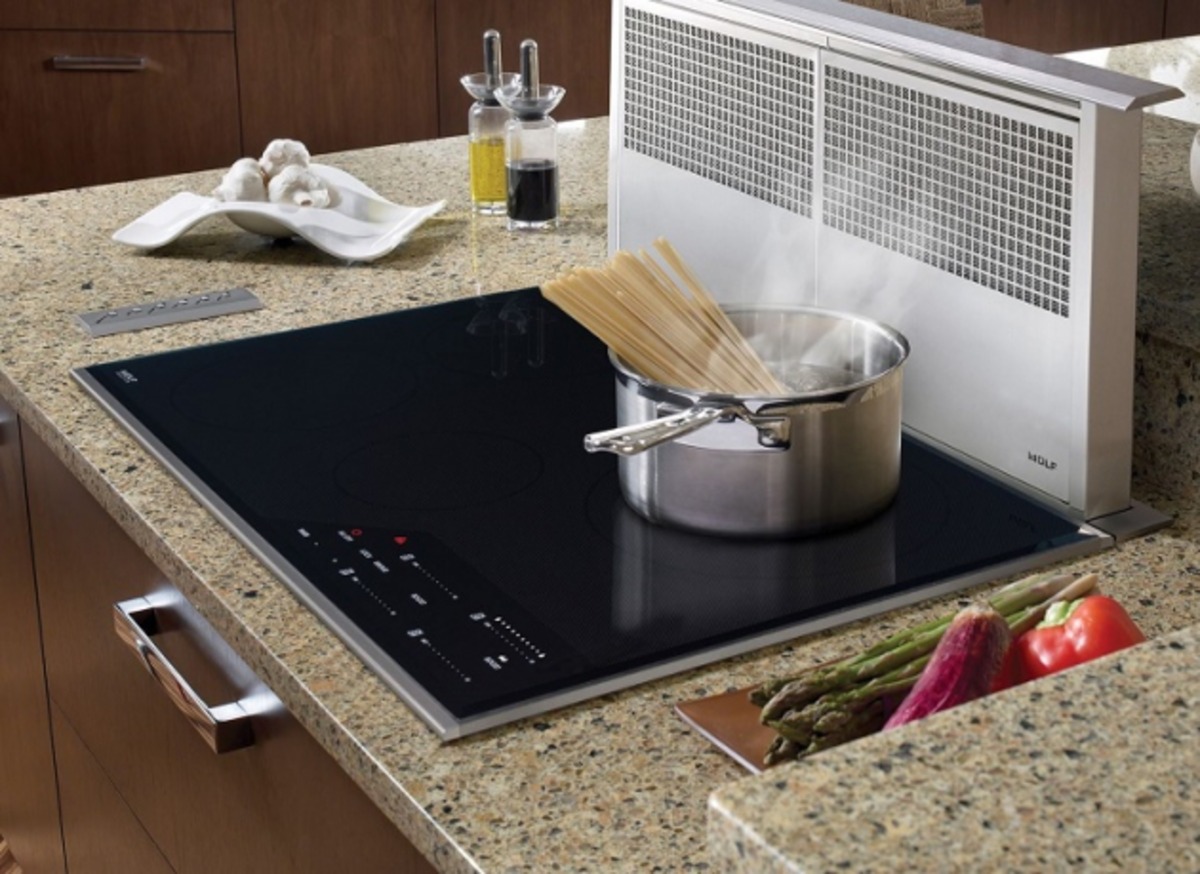

Articles
What Is Ceramic Cooktop
Modified: January 6, 2024
Discover the benefits of ceramic cooktops and read articles on how to clean and maintain them for optimal performance and longevity.
(Many of the links in this article redirect to a specific reviewed product. Your purchase of these products through affiliate links helps to generate commission for Storables.com, at no extra cost. Learn more)
Introduction
A ceramic cooktop is a sleek and modern addition to any kitchen. It offers a stylish alternative to traditional gas or electric stoves, with a smooth surface that not only enhances the aesthetic appeal of your kitchen but also provides a host of functional benefits. Ceramic cooktops have gained popularity in recent years due to their numerous advantages, making them a preferred choice for many home cooks and professional chefs.
A ceramic cooktop, also known as a glass-ceramic cooktop, is made from a durable material that is resistant to extreme temperatures. It consists of a flat, glass-like surface that is easy to clean and maintain, giving your kitchen a polished and contemporary look. The cooktop is integrated into the countertop, giving it a seamless and streamlined appearance.
Ceramic cooktops use advanced technology to generate heat. Instead of traditional gas burners or electric coils, they utilize radiant heating elements located beneath the glass surface. These elements heat up rapidly and distribute heat evenly across the cooktop, providing precise temperature control for your cooking needs.
In this article, we will delve into the nitty-gritty of ceramic cooktops. We will discuss how they work, the advantages and disadvantages they offer, tips for cleaning and maintenance, safety precautions to take, and the best cookware to use with them. By the end of this article, you will have a comprehensive understanding of ceramic cooktops and be equipped to make an informed decision when choosing one for your kitchen.
Key Takeaways:
- Ceramic cooktops offer a sleek, modern design with rapid heat-up times, even heat distribution, and precise temperature control. However, they require careful maintenance and suitable cookware to maximize their performance and longevity.
- While ceramic cooktops provide numerous benefits such as energy efficiency and safety features, they are sensitive to cookware and susceptible to damage if not handled with care. Understanding their advantages and limitations is crucial for a successful cooking experience.
Read more: How To Clean A Cooktop Stove Ceramic
Definition of Ceramic Cooktop
A ceramic cooktop is a type of stovetop that utilizes a smooth, glass-like surface to provide a cooking area. It is composed of tempered glass with a layer of ceramic material on top, giving it a sleek and elegant appearance. This glass-ceramic surface is highly durable and can withstand high temperatures, making it ideal for cooking purposes.
The ceramic material used in the cooktop is a blend of glass and ceramic particles that have been fused together through a heating process. This creates a strong and heat-resistant surface that can handle the daily wear and tear of cooking. The ceramic layer on top of the glass surface creates a non-porous barrier, preventing spills and stains from seeping into the cooktop.
Ceramic cooktops rely on a heating element located beneath the glass surface to generate heat. These heating elements are made of radiant coils, which heat up when electricity passes through them. The heat is then transferred to the ceramic surface, which in turn transfers the heat to the cooking vessel placed on top.
Ceramic cooktops offer precise temperature control, allowing you to adjust the heat levels according to your cooking needs. This is achieved through the use of electronic controls, which are typically touch-sensitive buttons or sliders located on the front of the cooktop. These controls enable you to increase or decrease the heat with just a touch or slide of your finger.
Overall, ceramic cooktops provide a modern and sophisticated cooking experience. They offer a smooth and easy-to-clean surface, efficient heat distribution, and precise temperature control. Whether you’re a professional chef or a home cook, a ceramic cooktop can bring both style and functionality to your kitchen.
How Ceramic Cooktops Work
Ceramic cooktops operate using a system of radiant heating elements located beneath the glass-ceramic surface. These elements are made of coils that heat up when electricity passes through them. When you turn on the cooktop and select a specific heating zone, the corresponding heating element is activated.
Once the heating element is activated, it begins to emit infrared radiation. This radiation transfers heat energy to the ceramic surface above it. The heated ceramic surface then transfers the heat to the cooking vessel placed on top, evenly distributing the heat across the bottom of the cookware. The heat is then transferred to the food inside the cookware, allowing it to cook or heat up.
One of the key advantages of ceramic cooktops is their ability to provide precise temperature control. They often feature adjustable heat settings, allowing you to choose the optimal temperature for your specific cooking needs. Some cooktops even have advanced features like dual or bridge elements, which allow you to join two heating zones together for larger cookware or heat zones.
The heat generated by ceramic cooktops is quick and responsive. When you adjust the temperature setting, the heating element responds almost instantly, either increasing or decreasing the heat output. This level of control allows for precise cooking, whether you’re simmering delicate sauces or searing meats.
Unlike traditional gas stoves, ceramic cooktops don’t produce an open flame. The heating elements are concealed beneath the surface, making them safer and reducing the risk of accidental burns. However, it’s important to note that the ceramic surface can become hot during prolonged cooking and may take some time to cool down after use, so caution should still be exercised.
Overall, the working mechanism of ceramic cooktops ensures efficient heat transfer and precise temperature control. This allows for faster and more accurate cooking, making them a popular choice for both professional chefs and home cooks.
Advantages of Ceramic Cooktops
Ceramic cooktops offer numerous advantages that make them an appealing choice for many homeowners and professional chefs. Here are some of the key benefits:
- Sleek and Modern Appearance: Ceramic cooktops have a sleek and stylish design that adds a touch of elegance to any kitchen. The smooth, glass-ceramic surface creates a seamless look, blending well with modern kitchen decor.
- Easy to Clean and Maintain: The flat surface of ceramic cooktops is easy to clean, as there are no nooks or crannies where food particles can get stuck. Spills and splatters can be easily wiped away with a damp cloth or sponge. Additionally, the non-porous ceramic surface prevents stains from penetrating, making it resistant to discoloration over time.
- Rapid Heat-Up Time: Ceramic cooktops heat up quickly, allowing you to start cooking in no time. The heating elements beneath the glass-ceramic surface reach the desired temperature rapidly, reducing the waiting time for the cookware to heat up.
- Even Heat Distribution: The radiant heating elements in ceramic cooktops provide even heat distribution across the cooking surface. This ensures that your food is cooked evenly and reduces the chances of hot spots or unevenly cooked dishes.
- Precise Temperature Control: Ceramic cooktops offer precise temperature control, allowing you to adjust the heat levels to suit your cooking needs. Whether you need a gentle simmer or a high heat for searing, you can easily set the desired temperature with the touch-sensitive controls.
- Energy Efficiency: Ceramic cooktops are energy-efficient, as they convert a high percentage of the energy they consume into heat. The even heat distribution and precise temperature control also help in reducing energy waste.
- Safety Features: Ceramic cooktops come with various safety features to prevent accidents. Some models have a residual heat indicator that alerts you when the surface is still hot after use. Additionally, the absence of open flames reduces the risk of accidental burns or gas leaks.
- Versatility: Ceramic cooktops are compatible with a wide range of cookware, including stainless steel, cast iron, copper, and enamel. This gives you the freedom to use any type of cookware you prefer, expanding your cooking possibilities.
Overall, ceramic cooktops offer a combination of style, convenience, and cooking performance. With their easy maintenance, fast heat-up time, and precise temperature control, they can make your cooking experience more enjoyable and efficient.
Disadvantages of Ceramic Cooktops
While ceramic cooktops offer many advantages, it’s important to consider some of the potential drawbacks before making a decision. Here are a few disadvantages to keep in mind:
- Sensitivity to Cookware: Ceramic cooktops are sensitive to the type of cookware used. They require flat-bottomed pots and pans to ensure optimal heat transfer. Cookware with rough or uneven bottoms can scratch or damage the cooktop surface and may not distribute heat evenly.
- Prone to Scratches and Damage: The glass-ceramic surface of the cooktop can be easily scratched if not handled carefully. Abrasive materials, such as harsh scrub brushes or cleaning agents, should be avoided. Additionally, dropping heavy or sharp objects on the cooktop can cause cracks or chips, affecting both its appearance and functionality.
- Difficulty in Adjusting Heat Levels: Ceramic cooktops take some time to heat up and cool down, which can make it challenging to adjust heat levels quickly during cooking. Unlike gas stoves, where you can instantly modify the flame intensity, it may require a few seconds for the heat to increase or decrease on a ceramic cooktop.
- Visible Stains and Marks: Although ceramic cooktops are generally easy to clean, certain types of spills or stains can leave marks that are difficult to remove. Sugary spills or acidic substances, if not cleaned promptly, can leave permanent stains or discoloration on the glass surface.
- Susceptible to Heat Damage: While the glass-ceramic surface is designed to withstand high temperatures, it is still susceptible to thermal shock. Rapid temperature changes, such as placing a hot pan on a cold surface or vice versa, can cause cracks or breakage in the cooktop. It is advisable to allow the cooktop to cool gradually before cleaning or placing cold objects on it.
- Higher Initial Cost: Ceramic cooktops tend to have a higher initial cost compared to traditional gas or electric stoves. In addition to the cooktop itself, you may also need to invest in specific cookware suitable for ceramic surfaces, which can add to the overall expense.
- Limited Repair Options: If the glass-ceramic surface of the cooktop gets damaged or cracked, repairs can be costly or even impossible. In most cases, the only solution is to replace the entire cooktop, which can be a significant expense.
Despite these disadvantages, many users find that the benefits of ceramic cooktops outweigh the drawbacks. By understanding these limitations and taking proper care, you can maximize the lifespan and performance of your ceramic cooktop.
When cleaning a ceramic cooktop, avoid using abrasive cleaners or scrubbing pads as they can scratch the surface. Instead, use a soft cloth and a non-abrasive cleaner specifically designed for ceramic cooktops.
Read also: 8 Unbelievable Ceramic Cooktop For 2024
Cleaning and Maintenance of Ceramic Cooktops
Proper cleaning and maintenance are essential to keep your ceramic cooktop looking pristine and functioning optimally. Here are some tips to keep in mind:
- Regular Wiping: After each use, wipe down the cooktop surface with a soft cloth or sponge to remove any spills or residues. This will prevent any buildup that can become harder to clean over time.
- Avoid Harsh Abrasives: Do not use abrasive cleaners, scrub brushes, or rough materials that can scratch or damage the delicate ceramic surface. Instead, use non-abrasive cleaning agents and gentle cleaning tools to avoid any potential harm.
- Immediate Spill Cleanup: Clean up spills as soon as they occur to prevent staining or residue buildup. Use a cooktop cleaner or a mixture of warm water and mild dish soap to gently remove any dried-on food or liquids.
- Use Suitable Cookware: Choose cookware with flat, smooth bottoms to ensure even heat distribution and to avoid scratching the cooktop. Avoid dragging pots and pans across the surface to minimize the risk of scratches.
- Remove Burned-on Stains: If you have stubborn, burned-on stains, use a specialized cooktop cleaner or a paste made from baking soda and water. Apply this mixture to the affected area, let it sit for a few minutes, and then gently scrub with a non-abrasive sponge or cloth.
- Avoid Harsh Chemicals: Avoid using harsh chemicals like bleach or ammonia on your ceramic cooktop, as they can damage the surface. Stick to recommended cooktop cleaners or natural cleaning solutions for best results.
- Regular Maintenance: Perform regular maintenance by deep cleaning your cooktop every few months. Follow the manufacturer’s instructions on how to remove and clean any removable parts, such as knobs or burner caps.
- Protective Coverings: Consider using a protective covering, such as a silicone mat or cooktop guard, to provide an added layer of protection against scratches and accidental spills when the cooktop is not in use.
- Proper Ventilation: Ensure that your kitchen has proper ventilation to minimize the build-up of steam, grease, and odors. Excessive moisture or oily residue in the air can settle on the cooktop surface and make cleaning more difficult.
- Professional Servicing: If you encounter any issues or concerns with your ceramic cooktop, consult the manufacturer’s user manual or contact a professional technician for repair or servicing. It’s important to follow the recommended maintenance procedures to ensure the longevity and performance of your cooktop.
By following these cleaning and maintenance tips, you can keep your ceramic cooktop looking pristine and extend its lifespan. A well-maintained cooktop not only enhances the overall appearance of your kitchen but also ensures optimal cooking performance.
Safety Precautions for Ceramic Cooktops
While ceramic cooktops are generally considered safe to use, it’s important to follow certain safety precautions to ensure a secure and accident-free cooking experience. Here are some essential safety tips to keep in mind:
- Read the User Manual: Familiarize yourself with the manufacturer’s instructions and safety guidelines provided in the user manual. This will ensure that you are aware of any specific precautions or recommendations for your particular cooktop model.
- Avoid Overheating: Do not leave the cooktop unattended while it is in use. Avoid setting the heat to excessively high levels, as this may cause the cookware or food to overheat and potentially lead to fires or damage to the cooktop surface.
- Use Proper Cookware: Use cookware with flat bottoms that are compatible with ceramic cooktops. Irregularly-shaped or dented cookware may not make proper contact with the surface, leading to inefficient heating or damage to the cooktop.
- Keep Flammable Materials Away: Keep flammable materials, such as paper towels or dishcloths, away from the cooktop while it is in use. Flammable materials can easily catch fire if they accidentally come into contact with hot burners or heating elements.
- Use Caution When Handling Hot Cookware: Always use oven mitts or heat-resistant gloves when handling hot cookware. The ceramic surface of the cooktop can retain heat even after the burner has been turned off, so exercise caution to avoid burns.
- Don’t Place Hot Cookware on Cold Surface: Avoid placing hot cookware directly on a cold or wet surface, as this can cause thermal shock and potential cracking or breakage of the cooktop. Allow the cookware to cool down slightly before placing it on the ceramic surface.
- Clean Spills Promptly: Clean up any spills or splatters immediately to prevent them from getting onto hot burners or heating elements. This not only ensures the longevity of the cooktop but also reduces the risk of smoke or flare-ups.
- Use Child Safety Locks: If your ceramic cooktop is equipped with a child safety lock feature, make use of it to prevent children from accidentally turning on the burners or adjusting the heat settings when unsupervised.
- Keep Electrical Cords Away: Ensure that the electrical cords of small appliances, such as blenders or toasters, are kept away from the cooktop surface. Direct contact between electrical cords and hot burners can result in fire hazards or damage to the cords.
- Regular Maintenance and Inspections: Perform regular maintenance and inspections of your ceramic cooktop to ensure that it is in proper working condition. This includes checking for any loose or damaged parts, ensuring that the controls are functioning correctly, and addressing any issues promptly.
By adhering to these safety precautions and using common sense while operating your ceramic cooktop, you can ensure a safe and enjoyable cooking experience for yourself and your family.
Choosing the Right Cookware for Ceramic Cooktops
When using a ceramic cooktop, selecting the right cookware is crucial for optimal performance and to avoid damage to the cooktop surface. Here are some factors to consider when choosing cookware for your ceramic cooktop:
- Materials: Choose cookware with flat and smooth bottoms that can provide even heat distribution. Materials such as stainless steel, cast iron, copper, and enamel work well on ceramic cooktops. Avoid using cookware with rough or uneven bottoms, as they can scratch or damage the cooktop surface.
- Flat Bottoms: Ensure that the cookware has a flat bottom that makes full contact with the ceramic surface. A flat bottom allows for efficient heat transfer and helps to prevent hot spots and uneven cooking.
- Weight: Consider the weight of the cookware, especially if you have a ceramic cooktop with a glass-ceramic surface. Heavy cookware may increase the risk of scratching or cracking the surface if dropped or mishandled.
- Size and Shape: Match the size of the cookware to the heating element of the ceramic cooktop. Using oversized cookware on smaller heating elements can lead to inefficient heat transfer and may result in uneven cooking. It’s also important to choose cookware with a shape that matches the burner size to maximize heat distribution.
- Induction Compatibility: If your ceramic cooktop has induction capabilities, ensure that your cookware is compatible with induction cooking. Induction cookware usually has magnetic bottoms that can interact with the magnetic fields produced by the cooktop’s induction elements.
- Handles: Opt for cookware with heat-resistant handles to prevent burns when handling hot pots and pans. Silicone or stainless steel handles are preferable, as they stay cooler to the touch and reduce the risk of accidents.
- Flat and Smooth Exterior: Verify that the exterior of the cookware is flat and smooth to avoid scratching or damaging the cooktop surface when sliding or moving the cookware on the ceramic surface.
- Care Instructions: Read and follow the care instructions provided by the cookware manufacturer. Some cookware may require specific cleaning and maintenance methods to ensure longevity and preserve their performance on ceramic cooktops.
- Durable Construction: Invest in high-quality cookware that is designed to withstand the heat and impact of everyday cooking on a ceramic cooktop. A well-constructed cookware set will have a longer lifespan and offer better heat distribution.
- Compatibility with Use: Consider your cooking style and preferences when selecting cookware. Choose pieces that suit your specific cooking needs, whether it’s non-stick pans for easy cleaning, saucepans for simmering sauces, or sauté pans for stir-frying.
By selecting the right cookware for your ceramic cooktop and taking proper care during use, you can ensure efficient cooking and enhance the lifespan of your cooktop. It’s important to remember that using the appropriate cookware plays a vital role in maximizing the performance and safety of your ceramic cooktop.
Conclusion
Ceramic cooktops offer a modern and stylish cooking solution for both professional chefs and home cooks. With their sleek design, even heat distribution, and precise temperature control, they have become a popular choice in many kitchens. However, it’s important to consider both the advantages and disadvantages of ceramic cooktops before making a decision.
One of the main advantages of ceramic cooktops is their aesthetic appeal. Their smooth and seamless glass-ceramic surface adds a touch of elegance to any kitchen décor. They are also easy to clean and maintain, with spills and stains easily wiped away without leaving a trace.
Ceramic cooktops provide rapid heat-up times and even heat distribution, ensuring that your food is cooked evenly and to perfection. Their precise temperature control allows for accurate cooking, whether you’re simmering delicate sauces or searing meats.
However, there are also some considerations to keep in mind. Ceramic cooktops are sensitive to the type of cookware used, requiring flat-bottomed pots and pans for optimal heat transfer. They can be susceptible to scratches and damage if not handled with care, and any spills should be cleaned promptly to avoid staining or residue buildup.
Despite these considerations, with proper cleaning, maintenance, and selection of suitable cookware, ceramic cooktops can provide a safe and efficient cooking experience. They offer the advantages of energy efficiency, versatile cooking options, and advanced safety features such as child locks and residual heat indicators.
Whether you’re looking to upgrade your kitchen or replace an outdated stovetop, a ceramic cooktop can be an excellent choice. By understanding how ceramic cooktops work, the factors to consider when choosing cookware, and the necessary safety precautions, you can make the most out of your cooking experience while enjoying the sleek and modern design of a ceramic cooktop.
In conclusion, a ceramic cooktop combines style, functionality, and convenience in the kitchen. With proper care and attention, it can become a valued and reliable appliance that enhances your culinary adventures for years to come.
Frequently Asked Questions about What Is Ceramic Cooktop
Was this page helpful?
At Storables.com, we guarantee accurate and reliable information. Our content, validated by Expert Board Contributors, is crafted following stringent Editorial Policies. We're committed to providing you with well-researched, expert-backed insights for all your informational needs.
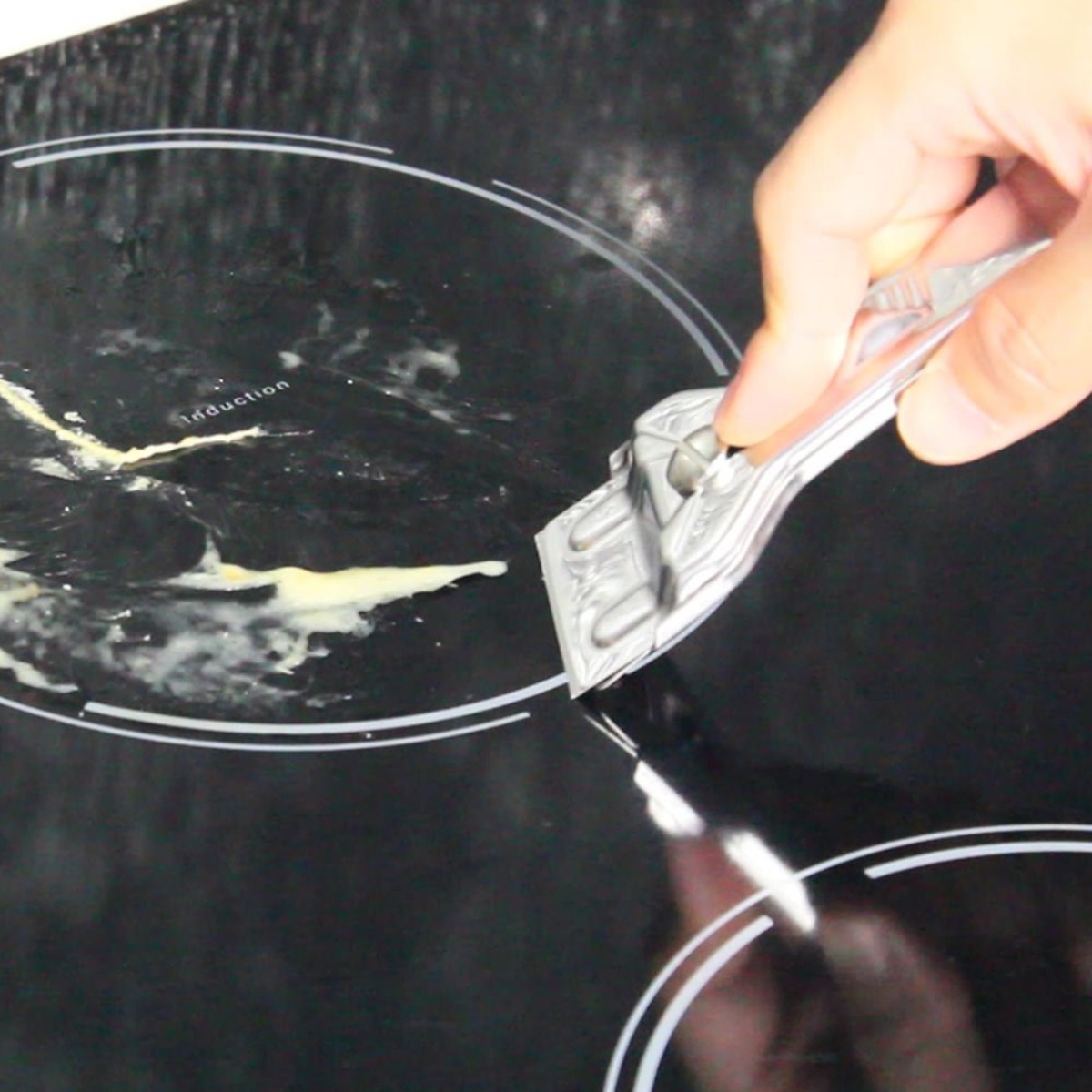
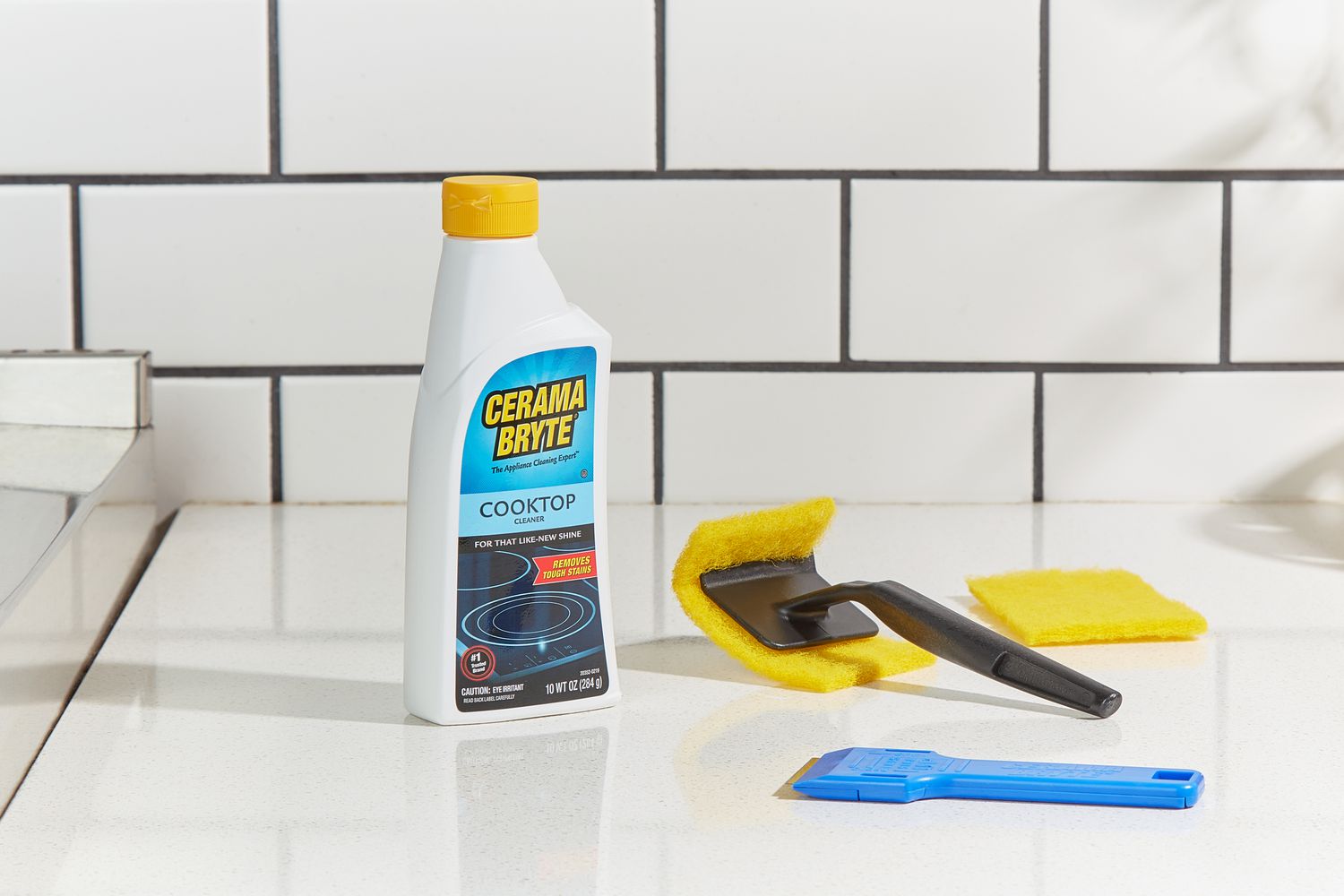
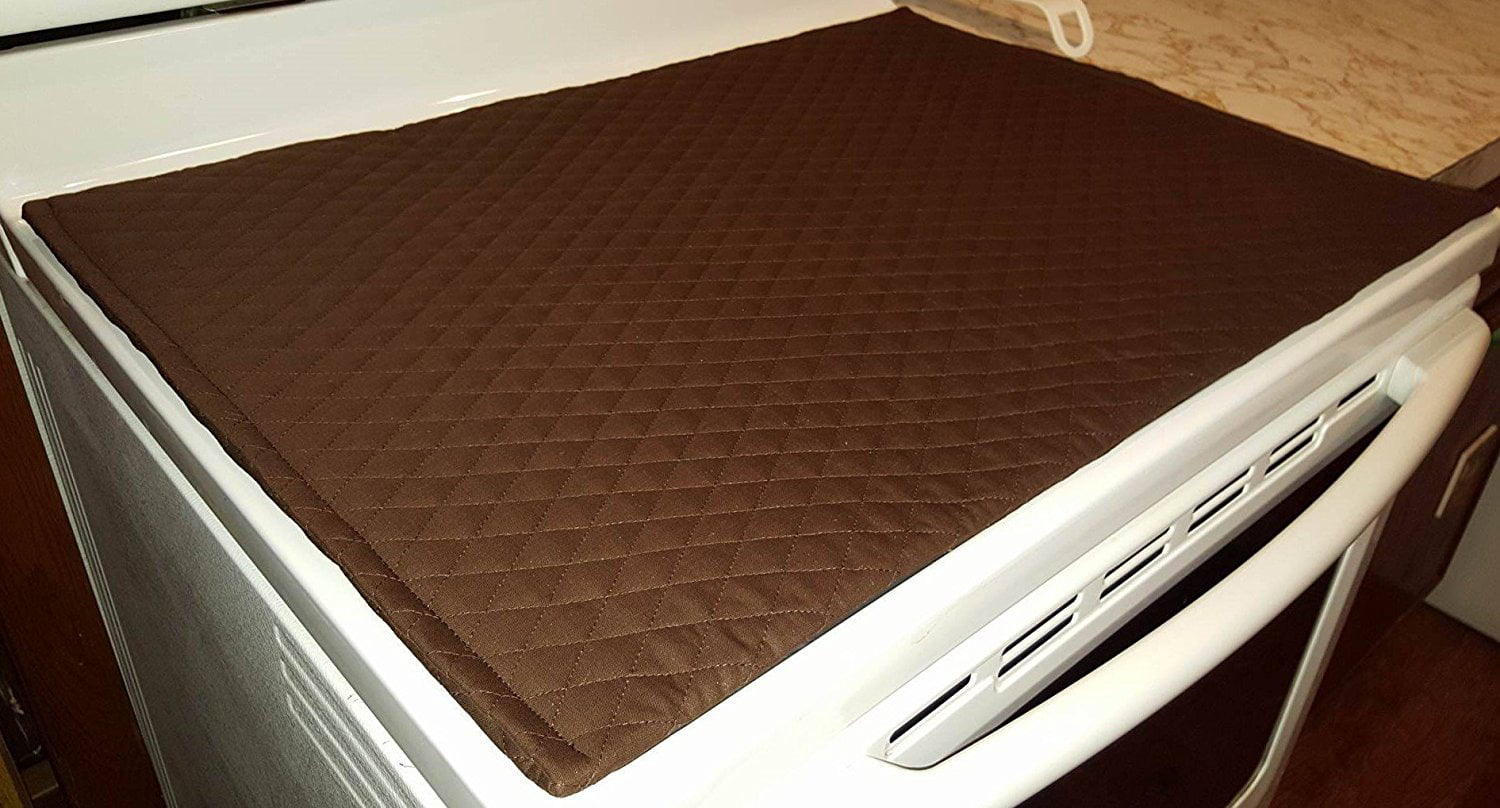
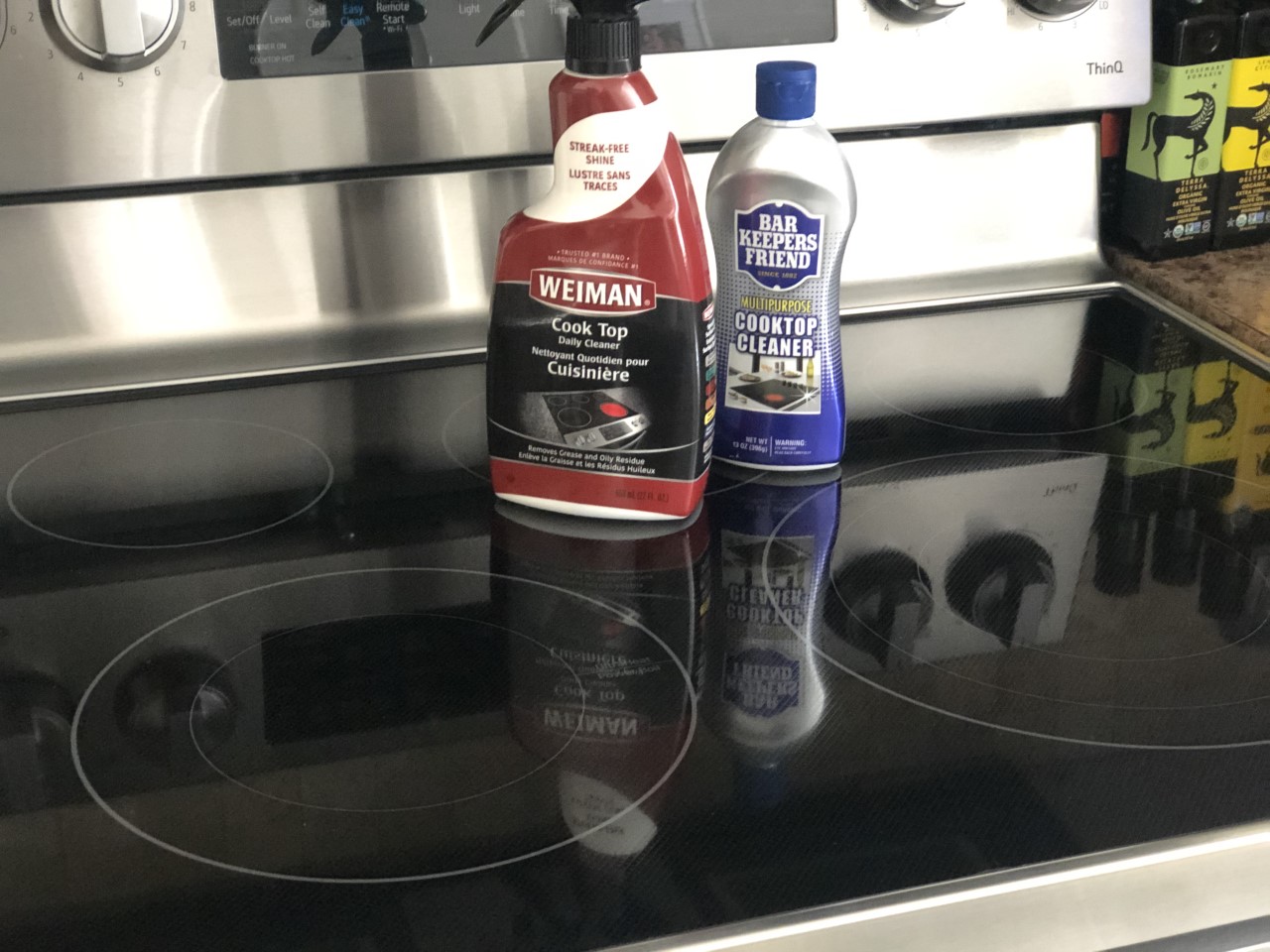
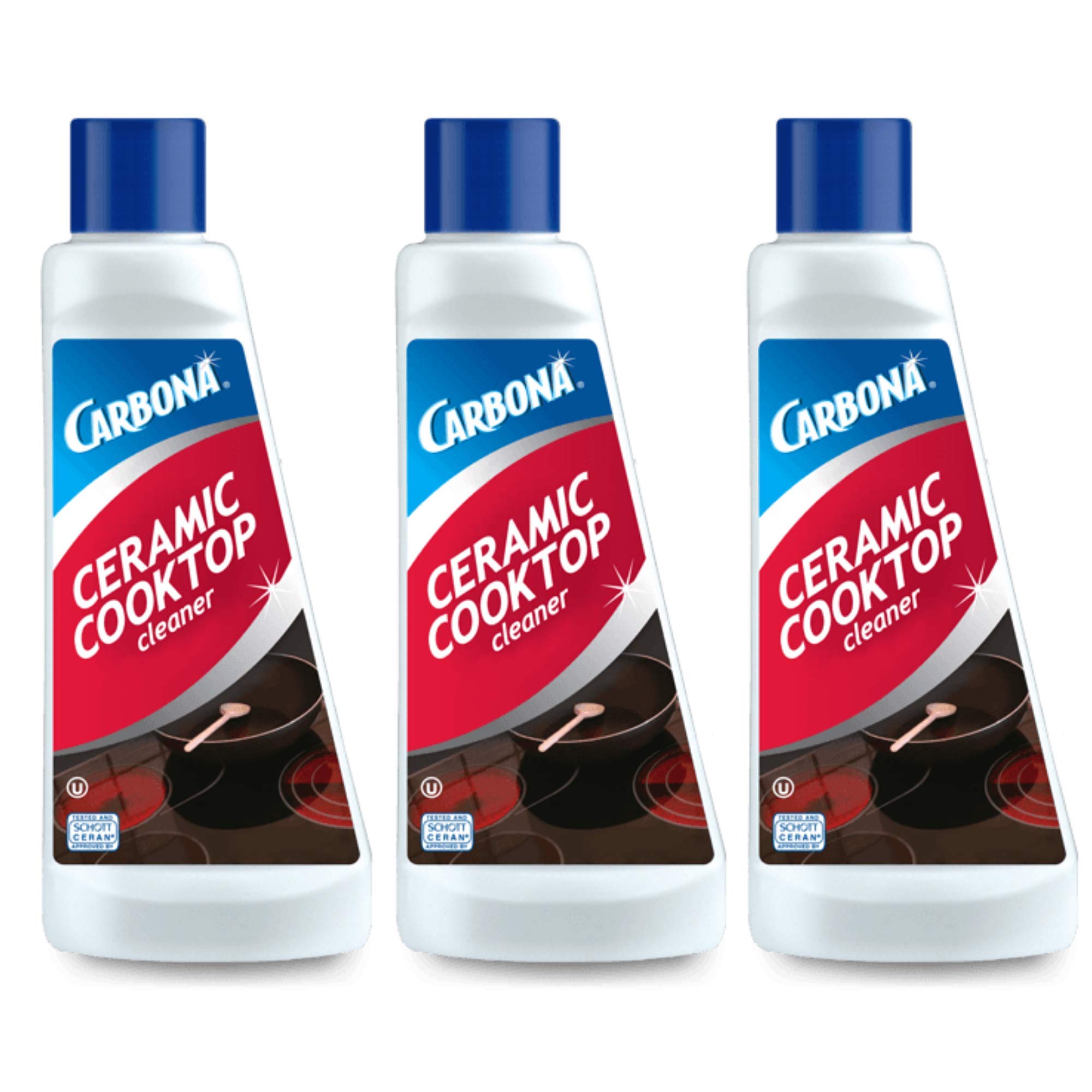
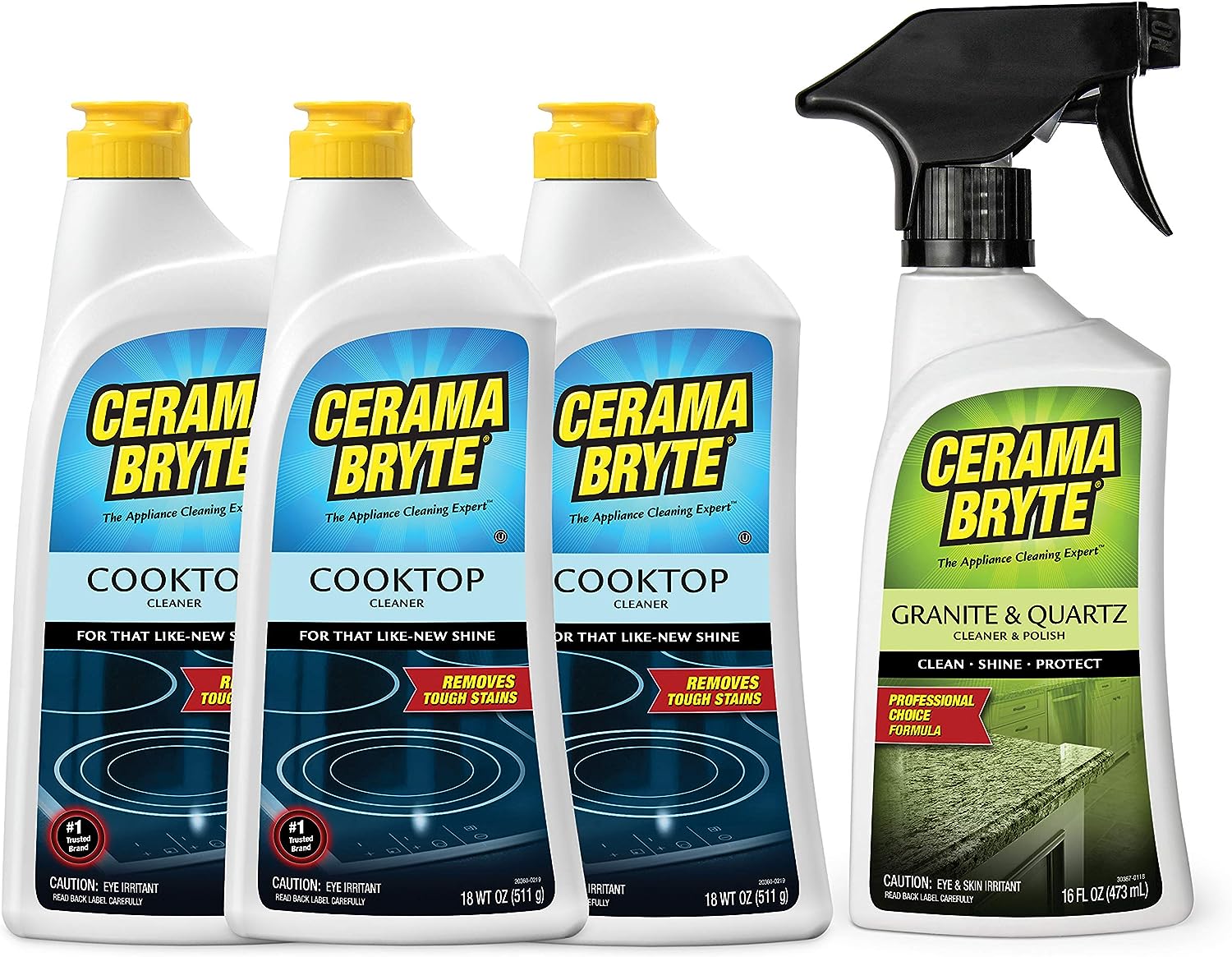
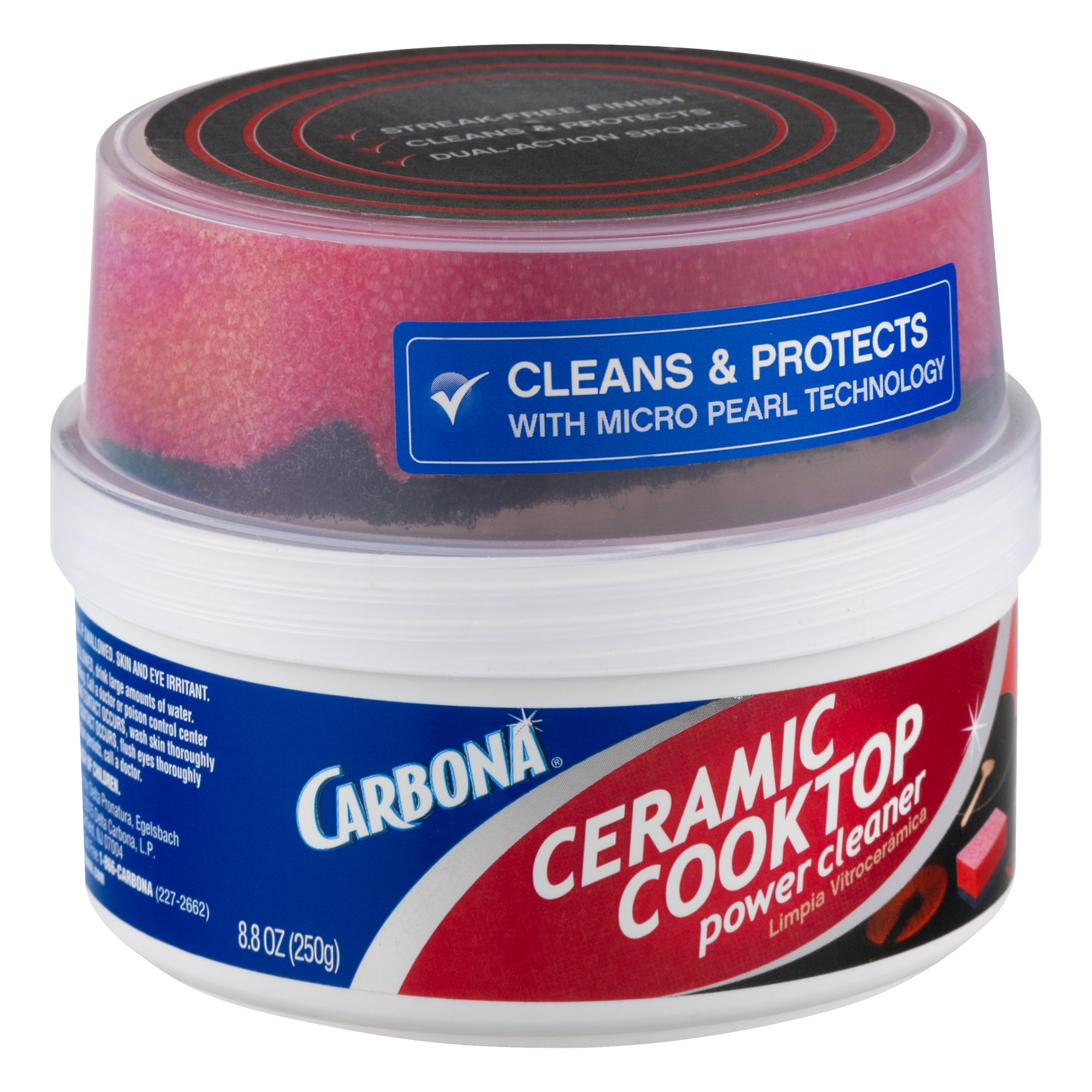
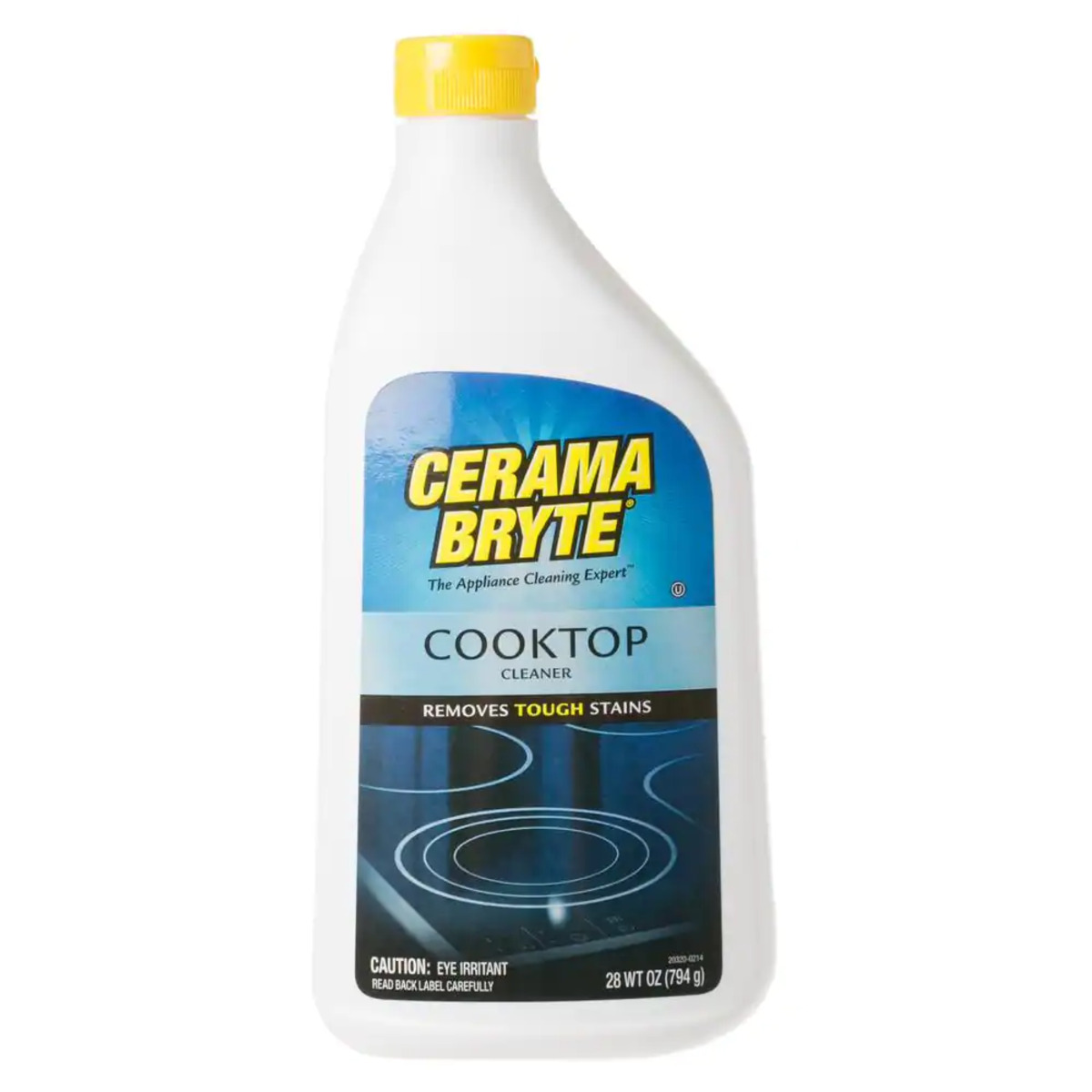
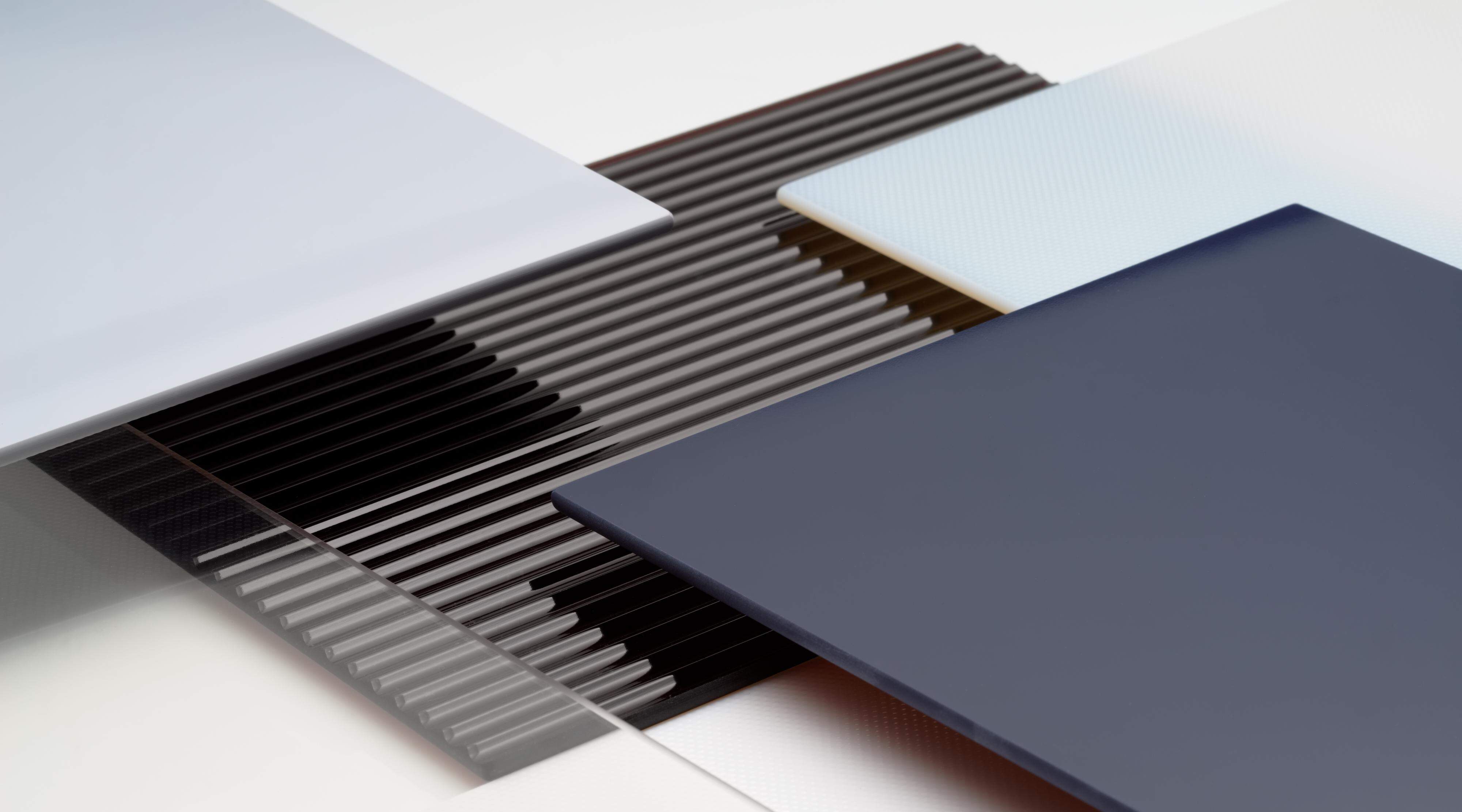
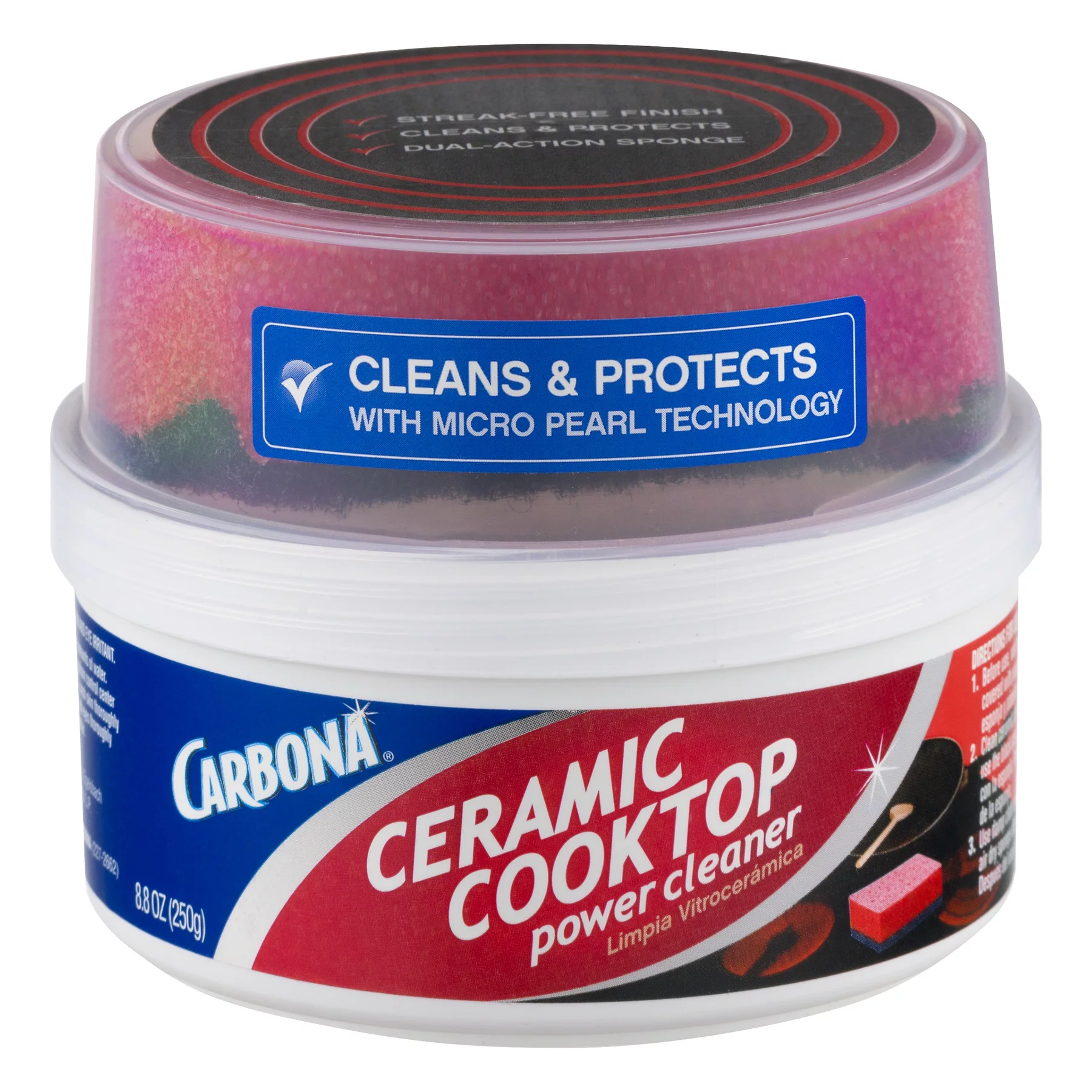
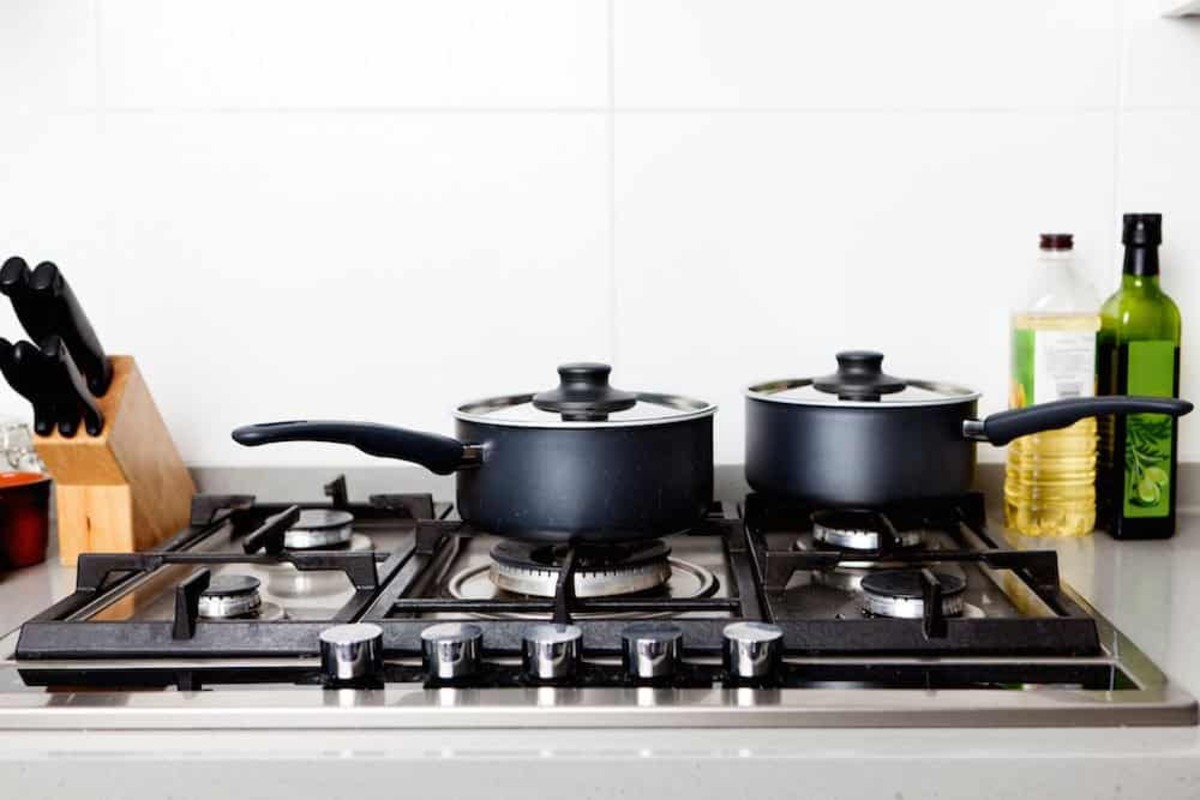
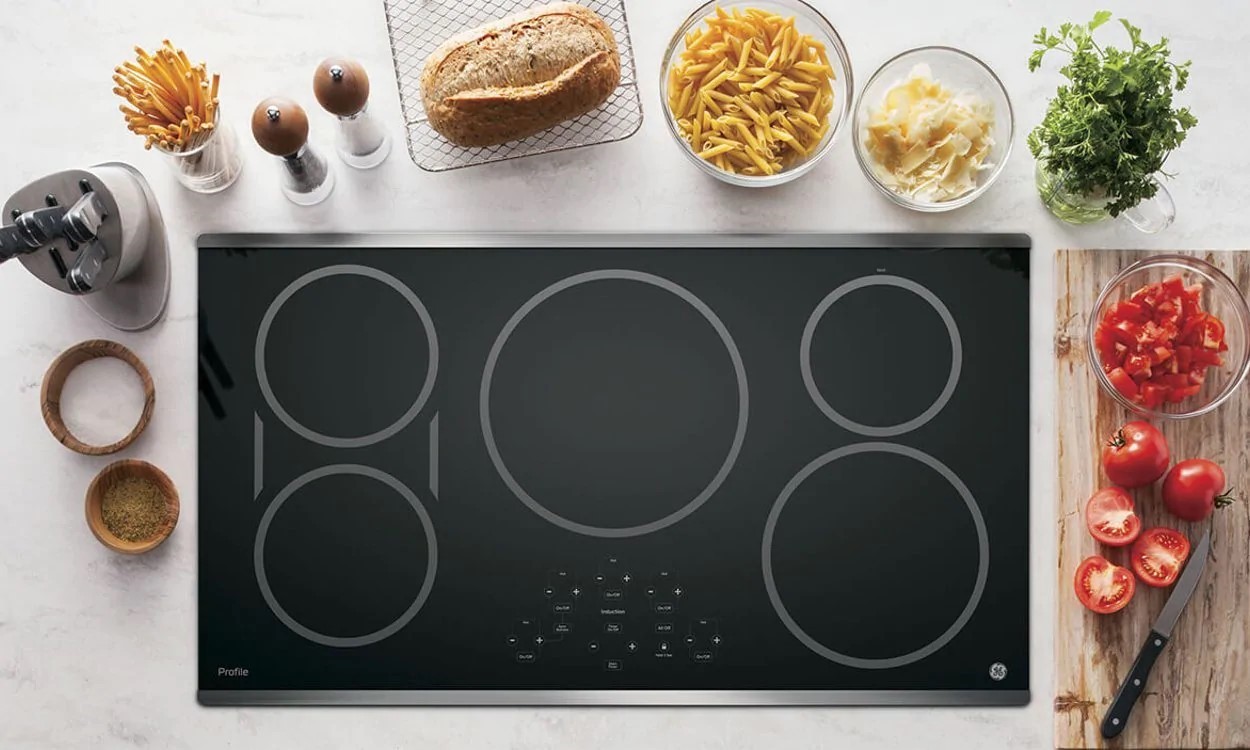
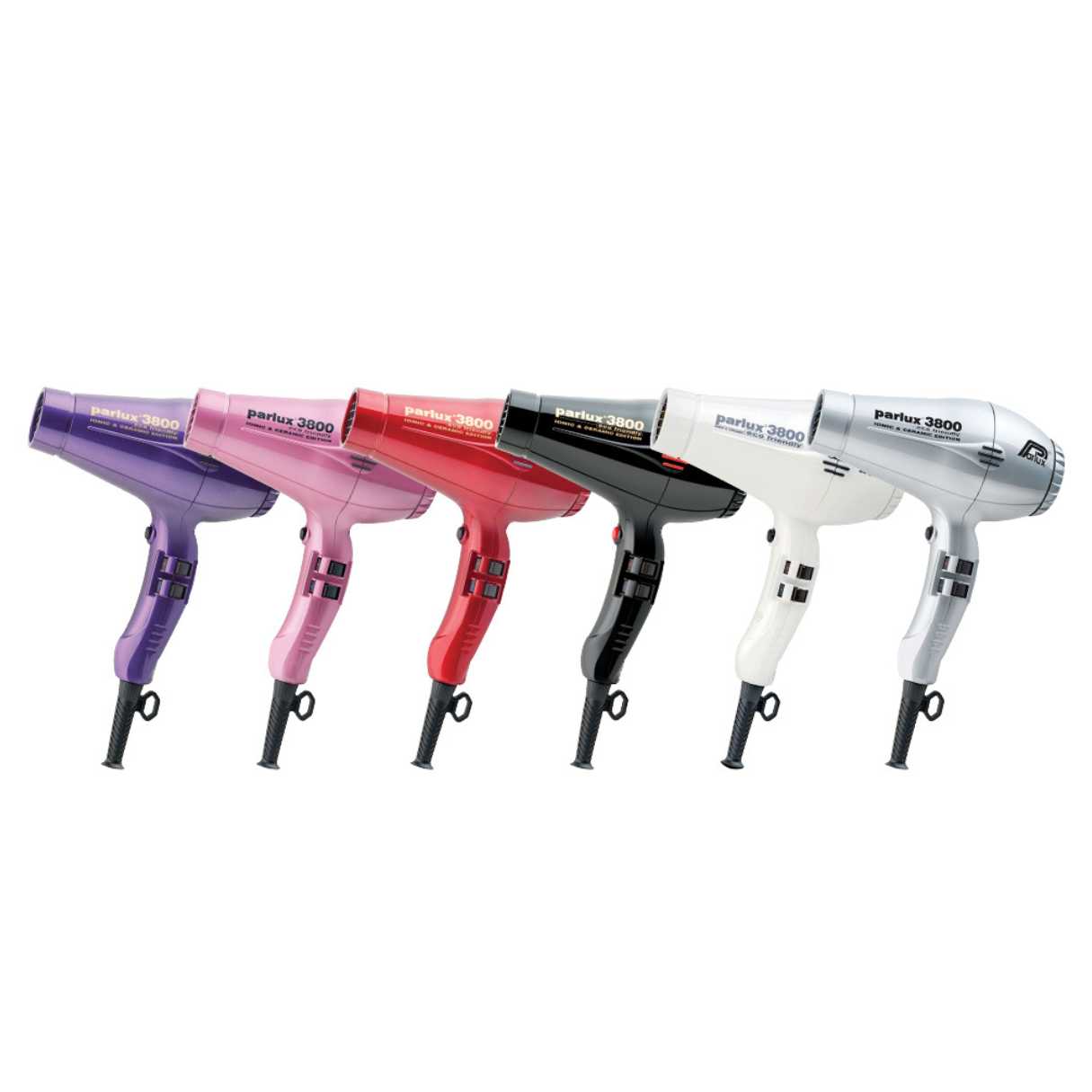
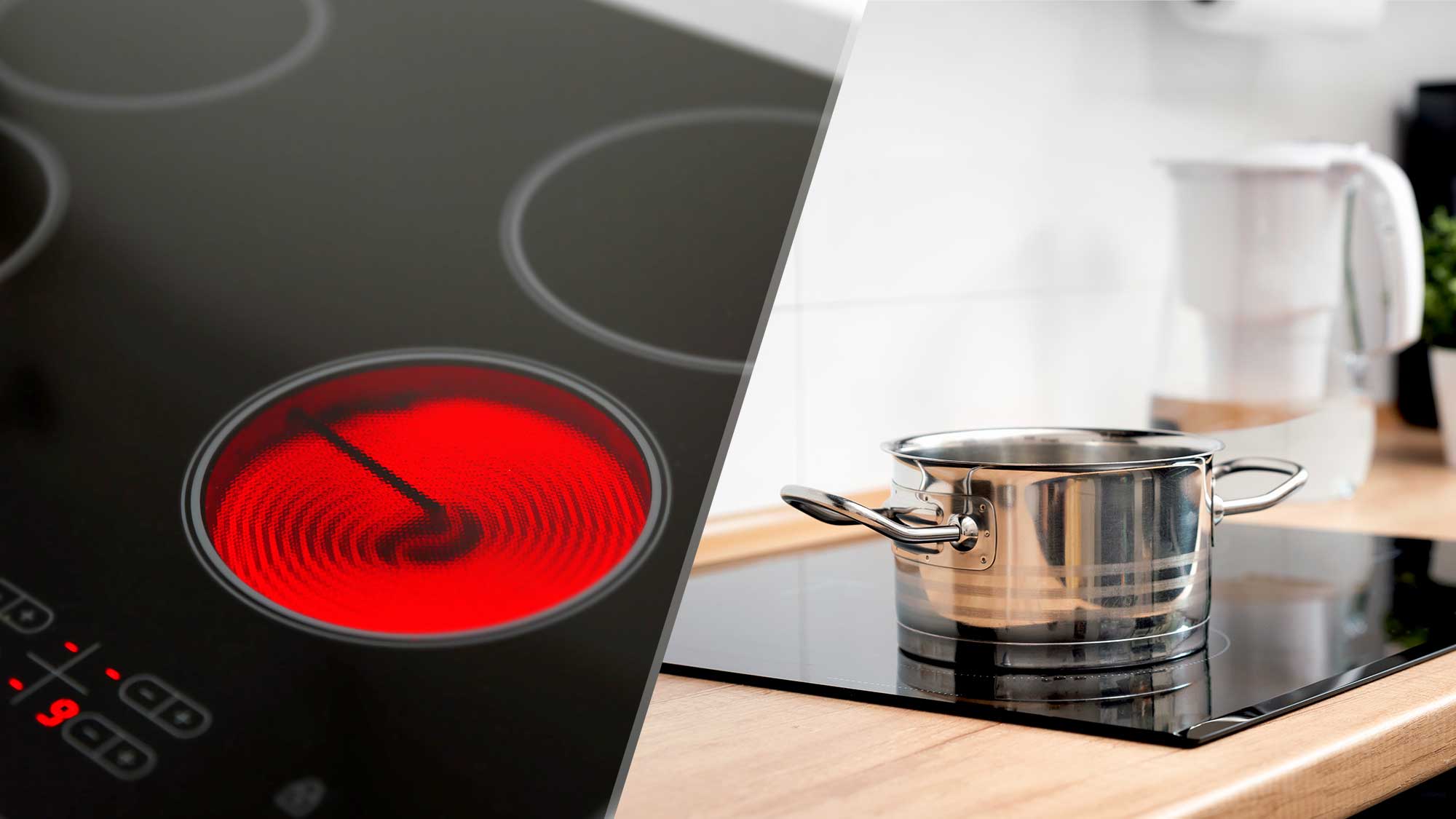

0 thoughts on “What Is Ceramic Cooktop”